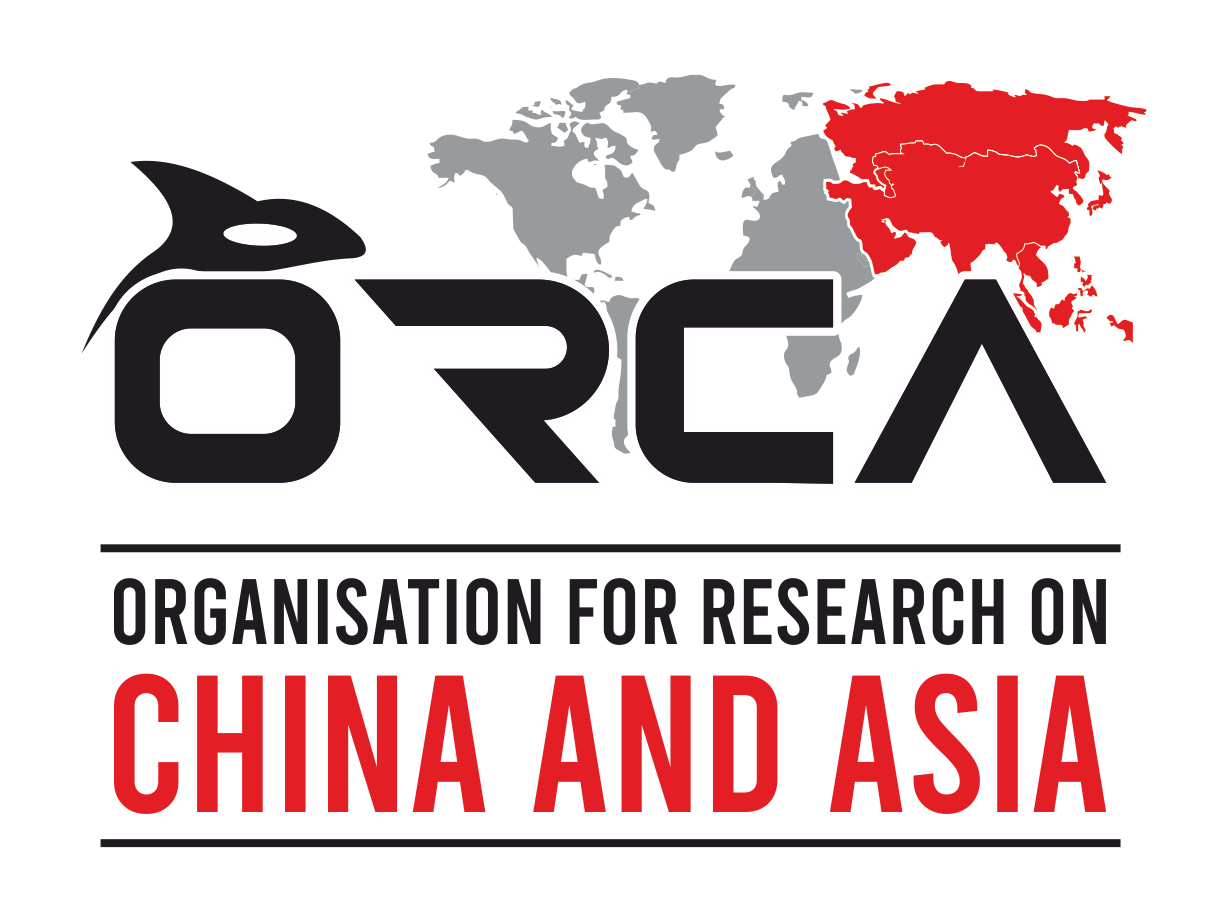The detention of Pema Wangjom Thongdok, an Indian citizen residing in the UK at Shanghai Airport over her “invalid” passport indicates far more than a transit ordeal. The incident sparked strong condemnation from both the Central and State government, with Indian Ministry Spokesperson Randhir Jaiswal reiterating Arunachal Pradesh as an integral and inalienable part of India, describing the incident as a violation of international aviation law. However, the response from the Chinese government is quite contrasting with China's Foreign Ministry spokesperson Mao Ning rejecting allegations of detention, called the checks as part of the usual law and regulations and reiterated Beijing's claim over Arunachal Pradesh. This demonstrates a calculated assertion of China’s territorial claim and a direct challenge to India's sovereignty over Arunachal Pradesh. This event also reflects a pattern in which routine administrative procedures are repurposed to reinforce Beijing’s long-standing narrative that Arunachal Pradesh is a part of China.
Despite recent efforts to project a thaw, India-China relations remain vulnerable along their longstanding fault lines. The detention of an Arunachali traveller in Shanghai may not, in itself, reshape the trajectory of the relationship, but it does illuminate the unresolved tensions that persist just below the diplomatic surface. As long as these foundational disagreements persist, episodes like this will serve as reminders that the relationship’s apparent stability is fragile and perpetually vulnerable to disruption.
Structural Fault Lines
At the core of the India-China strategic equation lies a structural asymmetry in how each country views the boundary, particularly in the eastern sector. For India, Arunachal Pradesh is an integral and inalienable state of the Union, which is fully administered, constitutionally embedded, and politically represented. China, however, situates Arunachal Pradesh, especially Tawang and West Kameng, within a historical and ideological narrative by referring to it as “South Tibet” or “Zangnan”, outrightly opposing the McMahon Line. This framing allows Beijing to claim that the border remains unsettled and India’s sovereignty over the region contested. This creates a structural contradiction: India views the McMahon line as legally and politically settled, whereas China treats it as open to reinterpretation.
China’s claim is not merely expressed diplomatically but operationalised through a suite of administrative, cartographic, and discursive actions: issuing stapled visas to Arunachal’s residents, refusing to stamp Indian passports, objecting to issue visas to state officials, and periodically renaming towns, villages and geographic features with Chinese names. In May 2025, the Chinese Ministry of Civil Affairs released its fifth batch of standardized geographical names, renaming 27 locations. This reinforces its narrative domestically while signalling its claims internationally.
Additionally, the Chinese government also uses a structured propaganda narrative aimed at shaping domestic public consciousness regarding their claim on Arunachal Pradesh. State media and patriotic education channels routinely present Arunachal Pradesh as a territory with ancient historical ties to the Chinese state, emphasising themes of national unity, historical injustice, and territorial recovery. Such messaging typically draws on curated historiography, such as referencing the Qing-era administrative presence in Tibet or the cultural links between Tibetan monasteries and Tawang, to frame contemporary claims as both legitimate and inevitable. The narrative positions China not as a revisionist actor but as a state rectifying its past wrongs. This style of domestic messaging is crucial, as it cultivates public expectations that Beijing must remain firm on the boundary question, reducing the leadership’s room for compromise.
Over the past decade, reports have noted athletes and students from Arunachal Pradesh being required to travel on stapled visas despite India’s opposition, effectively questioning their nationality in routine bureaucratic processes. For Beijing, such measures function as subtle instruments of claim enforcement; for India and its citizens, they are considered as encroachments on sovereignty and reminders of unresolved territorial claims. Hence, the recent Shanghai incident proved that China is pursuing their claims actively, even after high level diplomatic engagements to normalize the bilateral ties.
The Limits of Normalisation Narratives
New Delhi’s current approach towards Beijing seeks improvement in bilateral ties, extending across trade, investments and people-to-people relations following. Over the past year, India and China have showcased several confidence-building measures. These include significant developments like the 2024 Patrolling Agreement, and the resumption of direct flights between Delhi and Shanghai after five years. In addition, the meeting between PM Modi and President Xi on the sidelines of the 2024 BRICS Summit and 2025 SCO Summit reconfirmed their stated willingness to improve bilateral ties further underscores the improvement. Taken together, these actions have projected the image of a relationship gradually moving towards stabilization after years of prolonged contestation.
However, the recent Shanghai incident highlights the perceptive flaw in treating these gestures as indicators of substantive normalisation. The incident demonstrates that the improvement India seeks across multiple domains is not matched by structural convergence in the political-security realm. China’s cooperative steps in areas like connectivity or commercial engagement coexist with its unwavering assertion of territorial claims, especially regarding Arunachal Pradesh. This duality is not incidental; it reflects the deeper strategic logic that shapes Beijing’s behaviour. China’s willingness to reopen air connectivity does not translate into restraint on issues tied to territorial claims. Instead, Beijing cooperates where useful but continues to operationalise its claim over Arunachal Pradesh through everyday bureaucratic tools. That the detention occurred at the very airport hailed as the symbol of gradual normalisation of relations underscores this contradiction.
Years of negotiations have created the appearance of rapprochement on the border issue. Yet the Shanghai incident reveals why tactical cooperation has failed to translate into genuine normalisation. The two countries are pursuing normalisation on entirely different conceptual baselines. For India, stability is predicated on mutual respect for sovereignty, while China treats stability as compatible with continued assertion of contested claims. This shows a deeper level of misalignment between India and China when it comes to what guides the fundamental foundations of normalization.
The Shanghai incident should not be seen as a defining moment in India-China relations, however, it is a reminder of the structural fragility that underpins even carefully managed diplomacy. Until the border question is meaningfully addressed, moments of friction will continue to test the narrative of normalisation. The Shanghai incident, brief and resolved though it may be, illustrates that the promise of normalisation rests not only on public statements or rhetoric but on the structures and procedures that translate political intent into practical reality.



Author
Aakanshi Bansal
Aakanshi Bansal is a Junior Research Associate at the Organisation for Research on China and Asia (ORCA). She holds a Master’s degree in International Development Practice from Tata Institute of Social Sciences, Mumbai and Monash University, Australia, and is a Gold Medalist in Political Science from Amity University. Aakanshi has published research on security and international relations with leading defence think tanks such as the Centre for Joint Warfare Studies (CENJOWS) and the Centre for Land Warfare Studies (CLAWS). Additionally, she has contributed to climate change research during her internship with the United Nations Youth Australia. Her work spans critical analysis of regional security developments, environmental policy, and their intersections with international diplomacy and governance.
Ophelia Yumlembam
Ophelia Yumlembam is a Research Associate at the Organisation for Research on China and Asia (ORCA). Before joining ORCA, she worked at the Dept. Of Political Science, University of Delhi, and interned at the Council for Strategic and Defence Research in New Delhi. She graduated with an M.A. in Political Science from the DU in 2023. Ophelia focuses on security and strategic-related developments in Myanmar, India's Act East Policy, India-Myanmar relations, and drugs and arms trafficking in India’s North Eastern Region. Her writings have been featured in the Diplomat, South Asian Voices (Stimson Centre), 9dashline, Observer Research Foundation, among other platforms.